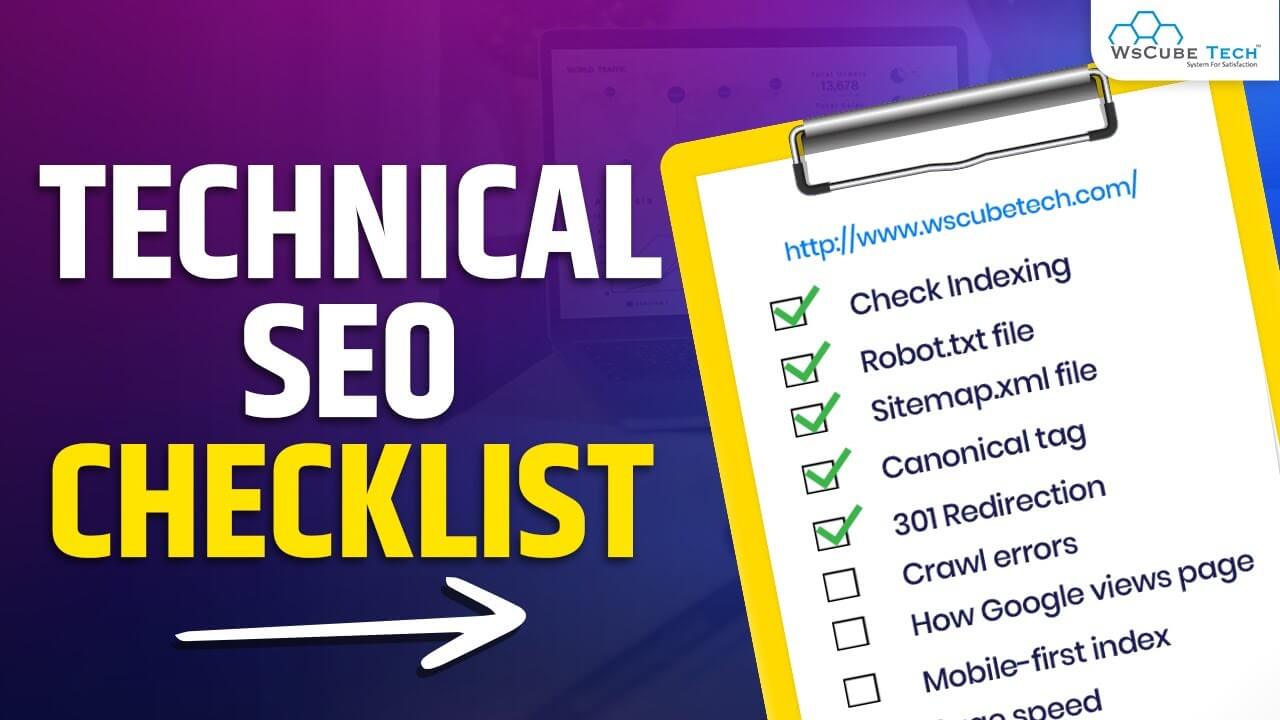
An Amazon Storefront is your brand’s dedicated shopping destination on Amazon, offering a customizable space to showcase products, build credibility, and drive sales. With over 300 million active customers on Amazon, a well-optimized Storefront can significantly boost visibility and conversions. This guide walks you through creating, launching, and promoting your Storefront in 2025.
What Is an Amazon Storefront?
An Amazon Storefront is a free, customizable landing page for brand-registered sellers to display their entire product catalog. It acts like a mini-website within Amazon, allowing you to:
- Tell your brand story
- Highlight best-selling products
- Drive traffic through ads and social media
- Improve customer loyalty
Why Create an Amazon Storefront?
Boost brand awareness: 74% of shoppers prefer buying from brands they recognize.
Control your narrative: Showcase products without competitor ads.
Drive traffic: Use Amazon Ads and social media to direct shoppers to your Store.
Increase conversions: Stores with optimized layouts see 35% higher sales.
Key Benefits:
- Boost credibility: Professional storefronts increase buyer confidence.
- SEO advantages: Stores rank on Google, driving organic traffic.
- Sales growth: Stores see up to 25% higher conversion rates vs. standard listings.
Requirements to Create an Amazon Storefront
Before starting, ensure you meet these criteria:
- Professional Seller Account: Upgrade from an Individual plan ($39.99/month).
- Amazon Brand Registry: Enroll your brand to access Storefront tools.
- Trademark: Required for Brand Registry (U.S. or international).
Step-by-Step Guide to Create Your Amazon Storefront
Step 1: Enroll in Amazon Brand Registry
- Gather documents:
- Trademark registration number
- Brand name (as registered)
- Product images with branding
- Apply via Seller Central:
- Go to Brand Registry > Enroll a New Brand.
- Submit documents and wait 1-2 weeks for approval.
Pro Tip: Use a registered trademark attorney to avoid delays.
Step 2: Create Your Store
- Log into Seller Central > Navigate to Stores > Manage Stores.
- Click “Create Store” > Select your approved brand from the dropdown.
- Enter brand details
Step 3: Design Your Homepage
Amazon offers four templates:
| Template | Best For |
| Marquee | Storytelling + product showcases |
| Product Grid | Large catalogs |
| Product Highlight | Flagship items |
| Blank | Full customization |
Design tips:
- Hero Image: Use a 3000×600 px banner to showcase your brand vibe.
- Navigation Menu: Add categories like “Best Sellers” or “New Arrivals.”
- Multimedia Tiles: Mix product grids, videos, and text to engage visitors.
Need design help? Hire an Amazon-certified Pixel Web SEO Team for professional visuals!
Step 4: Add Subpages and Products
- Create subpages:
- Go to Page Manager > Add Page.
- Use templates like “Seasonal Collection” or “How-To Guides.”
- Add products:
- Manually select items from your inventory.
- Use dynamic widgets to auto-populate bestsellers or new launches.
Example structure:
- Homepage → Men’s Apparel → T-Shirts → Graphic Tees
Step 5: Optimize for SEO and Mobile
- Keyword-rich meta descriptions:
- Include terms like “organic skincare” or “durable backpacks.”
- Keep under 150 characters for Google visibility.
- Mobile-first design:
- Test layouts on phones using Amazon’s preview tool.
- Use larger fonts and tappable buttons.
Step 6: Submit for Approval
- Click Submit for Publishing in the Store Builder.
- Amazon reviews within 72 hours. Fix errors (e.g., trademark misuse) if flagged
7 Best Practices to Optimize Your Storefront
- Use High-Quality Visuals:
- Lifestyle images outperform plain product shots.
- Add videos demonstrating product use (30-60 seconds)
- Leverage Shoppable Images:
- Let customers click directly on products in banners.
- Run Promotions:
- Create Coupons or Lightning Deals exclusive to Store visitors.
- Link to Social Media:
- Add Instagram/YouTube links to build community
- Update Regularly:
- Refresh banners for holidays or new launches.
- Track Performance:
- Use Amazon Store Insights to monitor traffic sources and conversion rates
- Promote via Ads:
- Launch Sponsored Brands campaigns linking to your Store
Promoting Your Amazon Storefront
1. Run Amazon Ads
- Sponsored Brands: Drive traffic to your Store with headline ads.
- Coupons: Offer 10–30% discounts to boost conversions.
2. Share on Social Media
- Post Store links on Instagram, TikTok, and Pinterest.
- Partner with influencers for unboxing videos.
3. Optimize Email Marketing
- Include Store URLs in newsletters. Example: “New Arrivals: Shop Our Summer Collection”.
4. Use Amazon Attribution
- Track off-Amazon campaigns (e.g., Google Ads) to measure ROI.
Maintaining Your Storefront
- Update Seasonally: Refresh banners for holidays (e.g., Black Friday).
- Add New Products: Feature launches in dedicated sections.
- Fix Broken Links: Audit pages monthly for outdated ASINs
Conclusion
Starting an Amazon Storefront in 2025 is a strategic move to stand out in a crowded marketplace. By following these steps—enrolling in Brand Registry, designing a mobile-friendly layout, and promoting via ads—you’ll create a shopping experience that converts browsers into loyal customers.
Ready to launch? Log into Seller Central today and start building your brand’s Amazon Storefront!
FAQs
What’s the cost to create an Amazon Storefront?
Free for Brand-Registered sellers. You only pay for your Professional Seller account ($39.99/month)
Can I edit my Store after publishing?
Yes! Use the Store Builder to update content anytime
How do I drive traffic to my Storefront?
Share links on social media, email newsletters, and influencer collaborations
Do Stores work for single-product brands?
Yes. Use the Product Highlight template to showcase one item

